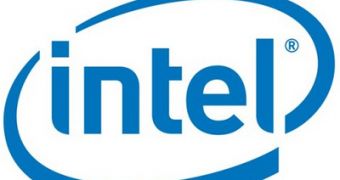Intel's Sandy Bridge central processors with integrated graphics, as the next-generation offer set to debut by early 2011, is already the subject of desire for some consumers. As such, market watchers are carefully filtering all information they can find on the chips, in the hopes of unraveling more details. So far, these efforts haven't been completely successful, but they have paid off now that even the processors' effects on the AiO market have been uncovered.
Rumors about the high energy efficiency of the new chips surfaced some time ago, when it was suggested that there would even be models capable of running on just 35W. This gave a new perspective on what end-users could expect from next year's PCs. To bring some details, Fudzilla managed to get an idea of what an all-in-one PC can be expected to act like.
According to the report, AiO PCs based on a combination of 6 Series chipsets and next-generation Sandy Bridge CPUs will eat up 70W. This shows a 20% power draw reduction compared to current-generation systems. Based on Intel Core i7 and 5 Series core-logic, the more capable existing AiOs operate at a TDP (thermal design power) of 88W.
This 5 Series chipset-Core i7 combination will supposedly start being replaced during the first half of 2011 with the newer solutions. This is significant, considering that Sandy Bridge units are expected to have performance on par with or higher than that of corresponding i7 parts. Unfortunately, the team at Fudizlla was unable to uncover anything specific, such as clocks.
“The plan is to replace them with Sandy Bridge CPUs and 6 series chipsets in 1H of 2011. The best part is that this platform should have Core i7 performance if not even higher at 70W TDP. This is some 25 percent better, which sounds like quite a big leap,” the report reveals.

 14 DAY TRIAL //
14 DAY TRIAL //